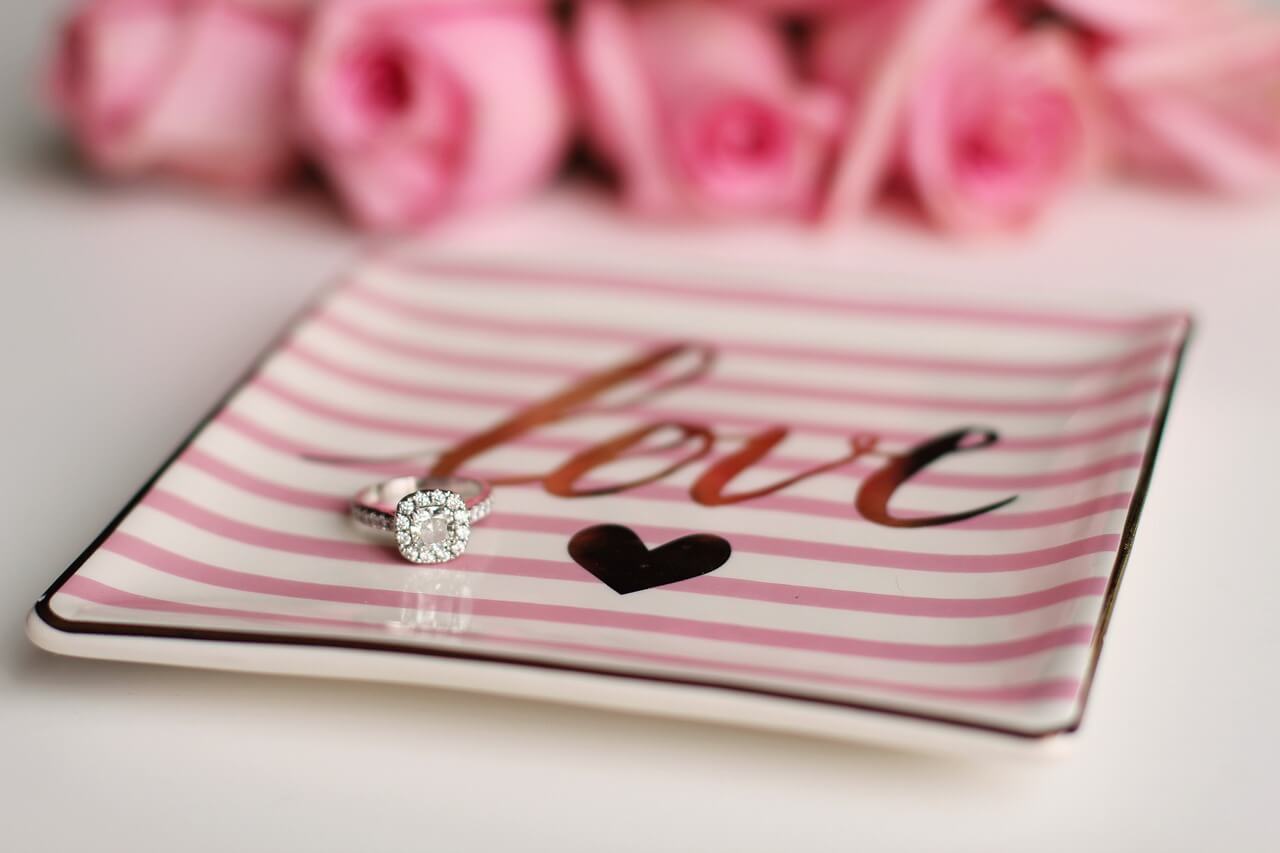Business
Young people are ditching real diamonds for lab-grown jewels
With the economy extremely tight and diamonds quite expensive, young people are turning to lab-grown alternatives for their wedding rings.

Young people considering marriage, in particular, millennials in their 20s, are questioning the cost of traditional diamond rings. They also have concerns about ethical issues related to diamond mining. But while some are turning to lab-created diamonds others are considering such options as lab-grown white sapphires which look like the real thing.
Reconsidering the need for diamonds
A wide-ranging discussion of the fate of the traditional wedding ring diamond is pointing to alternatives for young people stressing out over the high cost of natural diamonds. Facing economic constraints, the millennial generation is questioning the expense of traditional wedding rings featuring arrays of diamonds.
Comments on Tumblr express the feelings of many millennials:
1 – “they expensive bruh.”
2 – “none of us kno the dif btwn a…diamond and some fancy…glass.”
3 – “mostly mined with slave labor.”
4 – “we get excited when our date buys us an appetizer, we don’t even comprehend people buying us rocks that would force us into debt for ten years.”
5 – “They aren’t actually that rare and the price is artificially inflated.”
The most common complaint is the high cost of diamonds. In an economy in which debt is a long-term concern, especially given student loans and the high cost of housing, it is difficult for many to comprehend going into debt over a wedding ring. Many also feel that the price is “artificially inflated.”

Is a diamond required to symbolize love? (Source)
But concerns go beyond the high cost to perceived value. To the untrained eye, diamonds do not necessarily look superior to alternatives and they are not the rarities that might justify the cost. There are also serious concerns about the use of slave labor and other highly unethical practices in the mining and production of raw diamonds.
Taken as a whole, such concerns form a serious barrier to considering diamonds a necessary component of a wedding ring in a world that is changing in so many other ways.
Considering artificial alternatives
The Economist recently pointed to the rise of lab-created diamonds as an alternative to natural diamonds for a variety of uses including wedding rings. They can be had in wedding rings for much less than comparable natural diamonds particularly during big sale periods such as Black Friday.
But a suggestion by someone who claimed to be a former salesperson at Jared’s is now catching some attention. This individual suggested lab-grown white sapphires as an even cheaper alternative that can fool the naked eye:
“You can get one as huge as you like, perfectly clear, perfectly flawless. And no one will ever be able to tell the difference except a professional appraiser. Also, sapphires are the second-hardest gemstone (right after diamonds) so they are very durable!…Get…[it] set in sterling silver and you are GOOD TO GO. Whole thing should cost you less than $200 unless you get a fancy band with a lot of extra stones. Of course, created sapphires come in every color of the rainbow, so if you want something more exciting than plain white, you TOTALLY CAN.”
Is it the thought that counts?
Whether or not millennials will embrace lab-grown sapphires remains to be seen. But once they leave natural diamonds behind, it seems unlikely that they will ultimately see lab-grown diamonds as automatically superior to other lab-grown jewels. The question for the diamond industry may become whether millennials will decide that it is the thought that counts when considering wedding rings.
(Featured image by DepositPhotos)

-

 Cannabis1 week ago
Cannabis1 week agoMedical Cannabis vs Street Weed: Why Therapy Makes More Sense in 2025
-

 Markets2 days ago
Markets2 days agoGold, Liquidity, and Market Complacency Heading Into 2026
-

 Cannabis2 hours ago
Cannabis2 hours agoAgential Cannabis 2026 Set to Spotlight Southeast Asia
-

 Impact Investing1 week ago
Impact Investing1 week agoCOP30: Fragmented Climate Politics, Multi-Speed Transition, and Emerging Investment Opportunities

























You must be logged in to post a comment Login